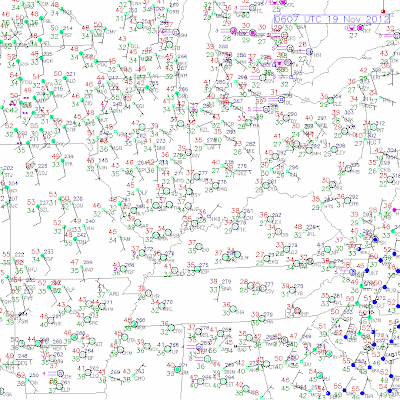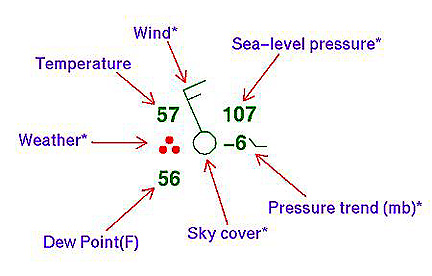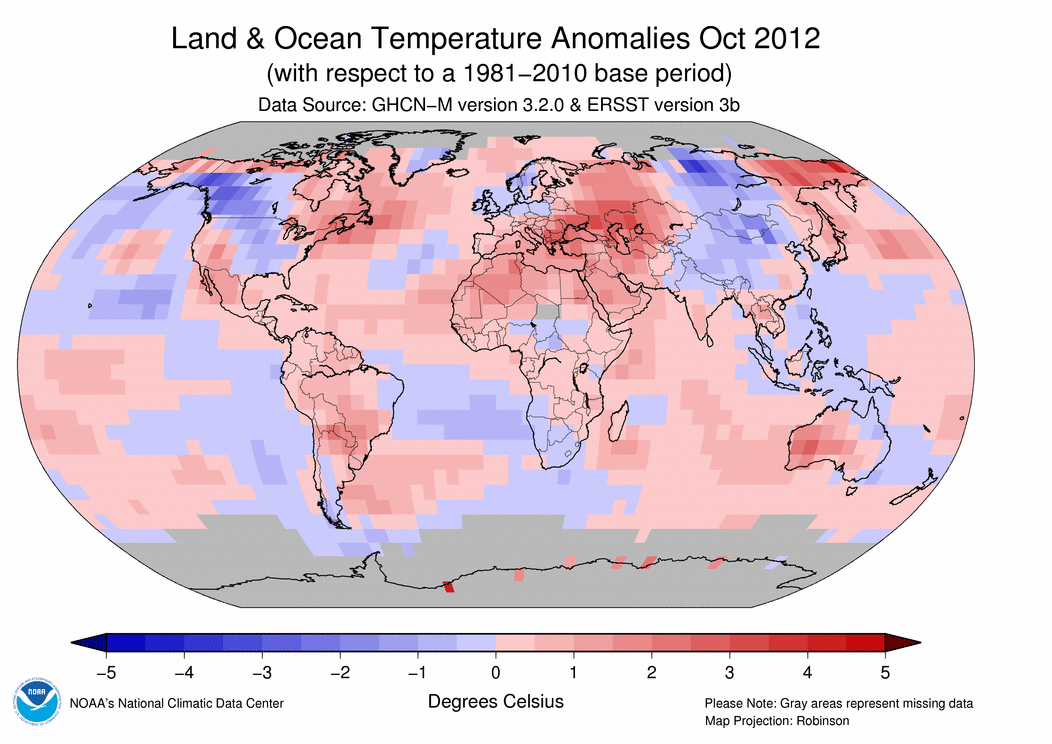After all the jokes about choosing a profession where you can be wrong all the time and still get paid are settled (which is totally not true by the way). One of the first questions I get when I tell people I'm a meteorologist is what are the clouds outside right now?! Well, I look up put my hand to my chin, look like I'm really trying hard and give them an answer. I love to be dramatic, because I usually know what the clouds are automatically even without looking sometimes, because hello I forecast for a living!
Anyway back to teaching you about the different types of clouds. To start off there are three main types of clouds!
1). Cumulus, literally meaning a heap or pile, is your typical low level cloud. When I say low level I talking about 6,5000 feet in altitude is where these clouds form. As seen in the picture below, a basic Cumulus cloud is associated with fair weather. However, Cumulus can be paired with other cloud
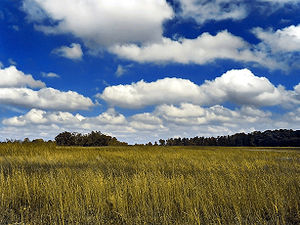
related words like, nimbus meaning precipitating cloud. I'm sure you've heard of cumulonimbus cloud, if not these are your thunderstorm clouds! Cumulus clouds are one of my favorite weather phenomena, because the math on a piece of paper for one of these clouds in quite remarkable. Remarkable, because it looks like it's almost impossible for this to occur in nature, but it does. So cool right!!
2). Stratus, literally meaning is flattened out or covered with a layer, which is exactly what these clouds do. Look at the photo below, this is a picture of a stratus cloud. A stratus cloud is still

considered a low cloud. These clouds are usually associated with light precipitation.
3). Cirrus, which means a lock of hair, are your high clouds. The picture below is a great picture
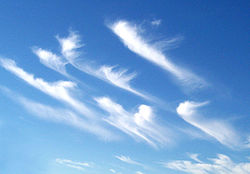
of what these clouds look like. These clouds are usually made of ice crystals because they are so high the the atmosphere.
But my take home point from all of these cloud types is when you are drawing clouds, especially cumulus clouds, please draw them with a flat bottom and a round top. It's one of my pet peeves when clouds are all rounded and such. I can only think of one cloud that doesn't have a flat bottom is a Mammatus cloud, which is pictured below. I actually took this photo! If you can see the protruding clouds those are Mammatus clouds. These clouds are usually associated with severe thunderstorms.
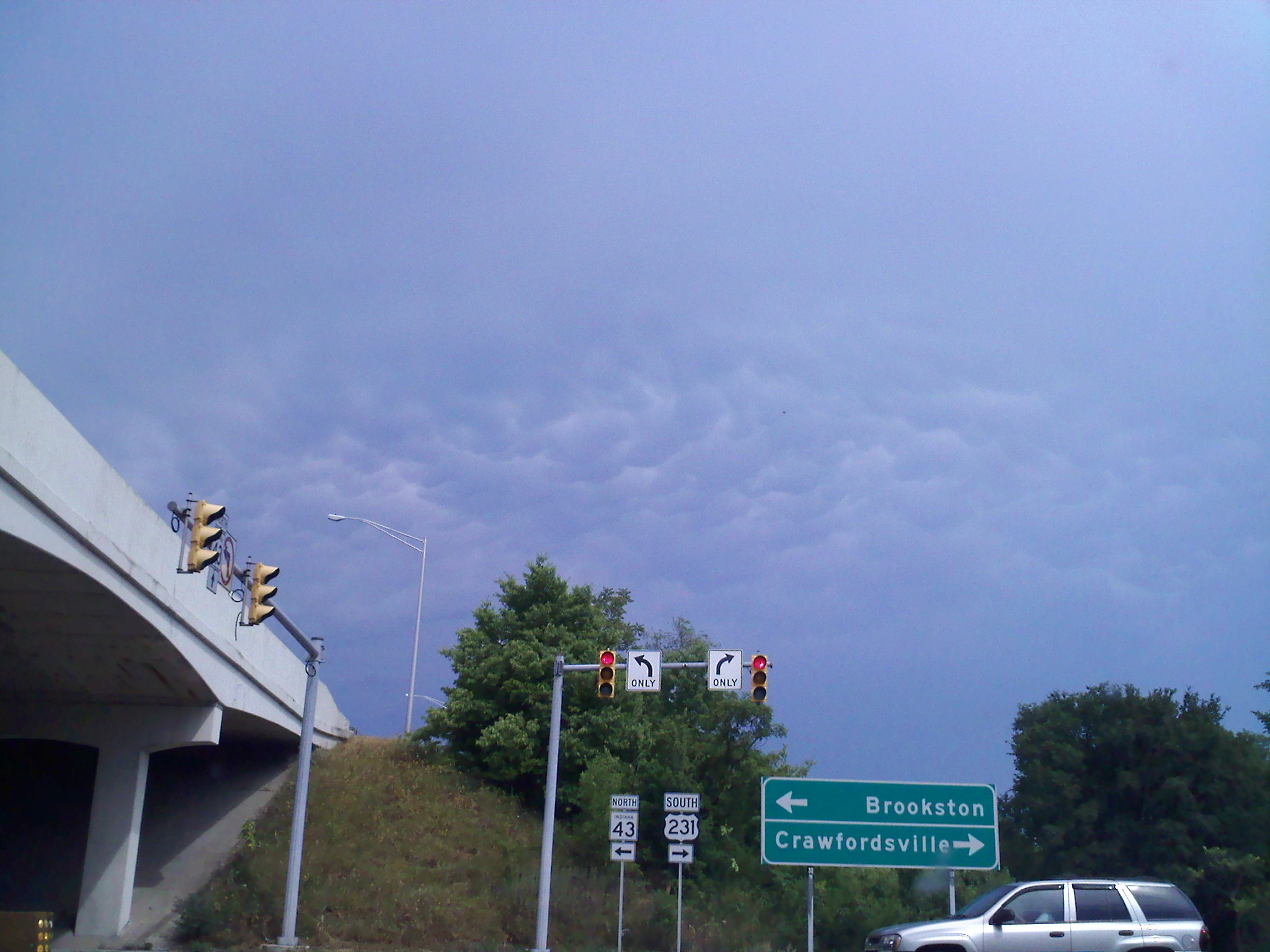
If you have any questions feel free to ask!
Photos From:
http://ed101.bu.edu/StudentDoc/Archives/ED101fa09/daisyg/index.html
Wiki.com










